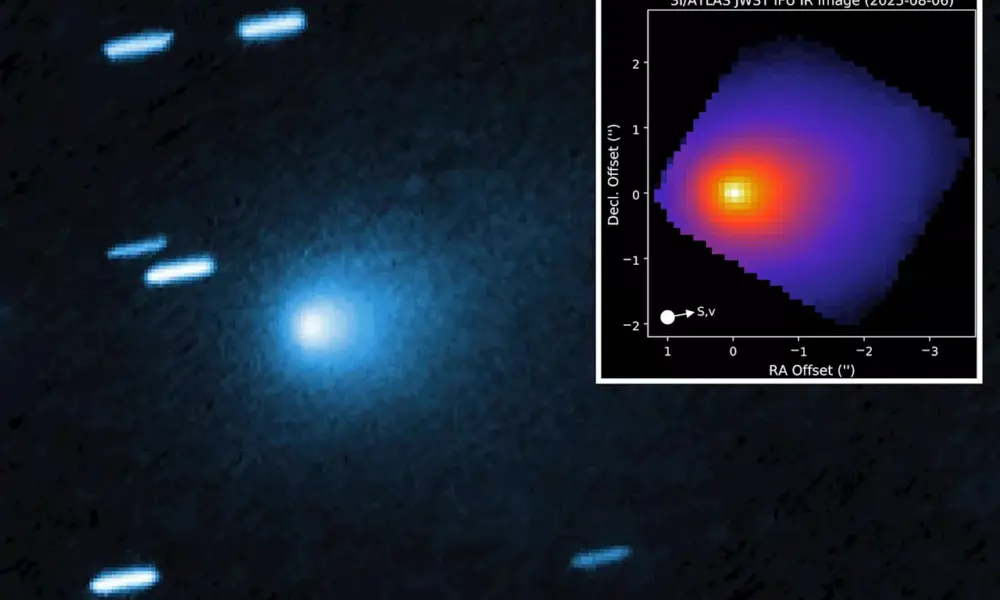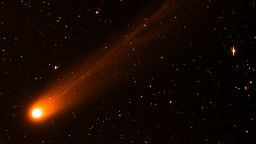An interstellar object named 3I/ATLAS is generating significant interest among astronomers for emitting a rare metal alloy that has never before been observed in nature. According to Dr. Avi Loeb, a Harvard astrophysicist and director at the Center for Astrophysics, the object is producing a plume containing approximately four grams of nickel per second without any detectable iron—an anomaly for cometary bodies. This process results in the formation of nickel tetracarbonyl, a compound typically associated with industrial manufacturing rather than celestial phenomena.
New images captured by the Keck II telescope in Hawaii in August 2025 were released recently, confirming these findings. “There is only one place where that is known to exist, and that is in industrially produced nickel alloys,” Loeb stated, emphasizing the uniqueness of this discovery. “This has never been observed for any other object.”
The unusual characteristics of 3I/ATLAS extend beyond its metallic emissions. Unlike typical comets, which often display striking tails that form as they approach the Sun, 3I/ATLAS lacks such a feature. Loeb noted that the Hubble Space Telescope has revealed a stream of materials being expelled towards the Sun, weighing approximately 150 kilograms per second. “Why are we seeing a jet pointed at the Sun?” he questioned, highlighting the mystery surrounding the object’s behavior.
The ejected stream primarily consists of carbon dioxide and water, with traces of cyanide and nickel also detected. This composition raises intriguing questions about the processes at play in 3I/ATLAS, which continues to defy conventional understanding of cometary activity.
Skywatchers worldwide are eagerly anticipating additional images captured by the Mars Reconnaissance Orbiter from October 4 to 7, 2025. These images promise to be the closest and most detailed observations of 3I/ATLAS during its brief passage through our inner Solar System. However, the release of this data has been delayed due to a government shutdown affecting NASA’s communications department. Loeb expressed frustration over the situation, stating, “Who cares about the communication departments? We want to see the data from the scientists.”
As researchers continue to analyze the data from 3I/ATLAS, this interstellar object is poised to challenge existing theories and expand our understanding of the complex processes that govern celestial bodies. The findings surrounding 3I/ATLAS underscore the importance of ongoing astronomical observation and research, as well as the potential for uncovering novel materials and phenomena beyond our planet.







